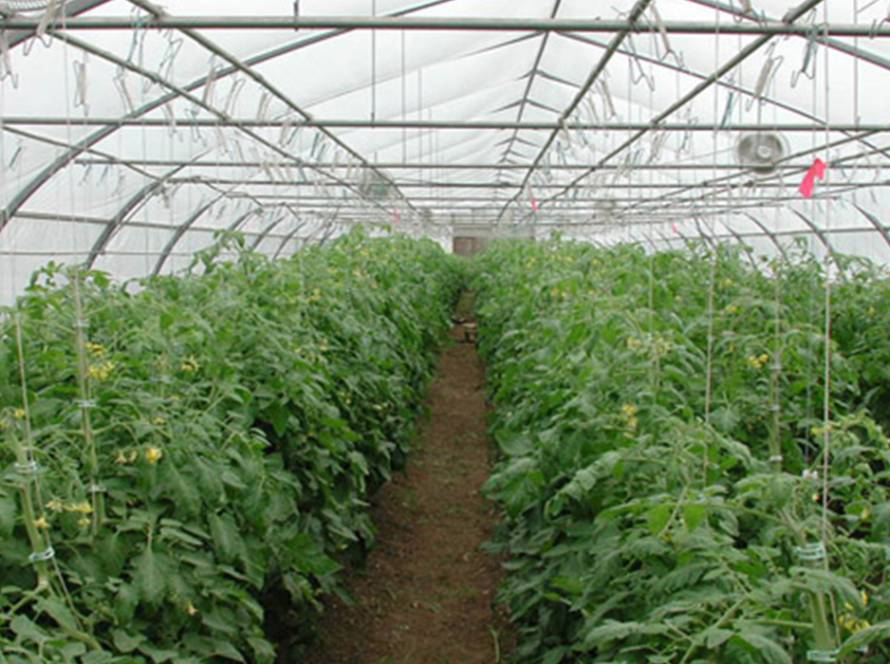Whiteflies are piercing-sucking insects that feed on plant sap by inserting their proboscis into leaves. This feeding process drains the sap, weakening the plant as a result of the insect’s consumption of the leaf’s nutrients.
1. Changes in Whitefly Behavior
Historically, whiteflies would increase in number as temperatures rose. However, in recent times, they have evolved to be present year-round.
2. Danger and Rapid Reproduction
A single whitefly female can lay between 100 to 300 eggs. Imagine that these eggs hatch successfully, and within a week, 75% of the eggs, around 220 whiteflies, will have matured. After just one week, these whiteflies will mate, and their numbers will multiply rapidly.
3. Host Plants
Whiteflies feed on a wide variety of host plants, including vegetables like zucchini, tomatoes, beans, and potatoes. They also target many fruits and ornamental plants, unlike other insects that are specific to certain plant families.
4. Virus Transmission
Whiteflies are the primary vector for viruses in crops such as tomatoes, zucchini, and beans. They also transmit viruses indirectly to potatoes and cucumbers due to their rapid reproduction and spread.
5. Control Measures
- Soil Injection: Inject 200 grams of Imidacloprid into the soil 30 days before harvest. This pesticide remains in the sap, and when the whitefly feeds on the plant, it consumes the pesticide, causing the insect to die.
- Spraying Pesticides: It’s recommended to use one pesticide at a time, as repeated use of the same pesticide can lead to resistance in some insects, allowing them to mate and produce a resistant generation.
6. Understanding Whitefly Spread
Farmers should be aware of where the insects are coming from:
- Rapid Life Cycle: Whiteflies reproduce quickly.
- Excessive Nitrogen: Increases whitefly infestation.
- Over-spraying Nutrients: Can also encourage whiteflies.
- Neighboring Fields: If your neighbor isn’t controlling the insects, they can spread.
- Nearby Fields of Clover or Cotton: If these crops aren’t treated, they can also be a source of whiteflies.
Recommended Pesticides (with Active Ingredients for Arab countries)
- Affect: Active Ingredient – Thiocyclam Hydrogen
- Movento: Active Ingredient – Spirotetramat
- Actara: Active Ingredient – Thiamethoxam
- Calypso: Active Ingredient – Thiacloprid
- Oberon: Active Ingredient – Spiromesifen
- Mospilan: Active Ingredient – Acetamiprid
- Hachi Hachi: Active Ingredient – Tolfenpyrad
- Lambda 5%: Active Ingredient – Lambda-Cyhalothrin
- Delta Methrin: Active Ingredient – Delta-Cyhalothrin
- Lambda 10%: Active Ingredient – Lambda-Cyhalothrin
- Fasibermethrin: Active Ingredient – Alpha-Cypermethrin
(Note: Always check the Pre-Harvest Interval (PHI) on the pesticide label before harvest.)
Using pesticides from reliable sources and placing whitefly traps is highly recommended for effective control.
Source: Smart Land Company



